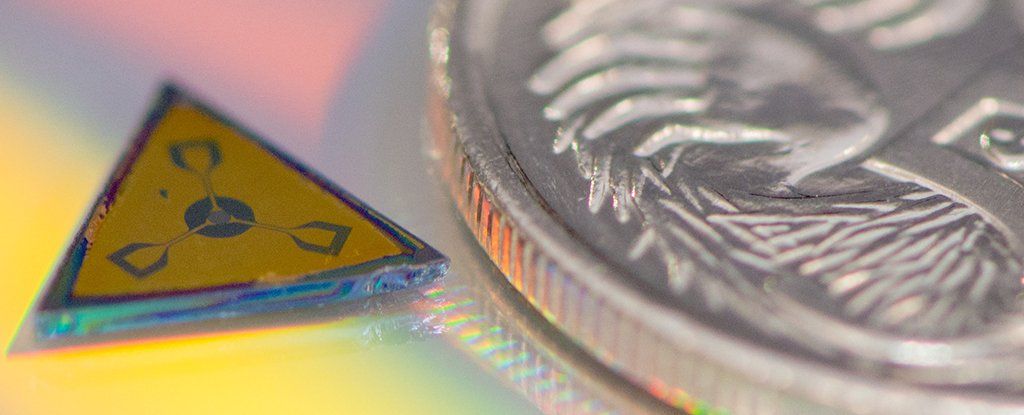Since hope appears to come from a physical place in the brain, scientists are hoping to figure out how it shields the rest of the brain from negativity. Really.



That’s exactly what London-based tech company Umbrellium has designed: the Starling Crossing is an interactive crosswalk that responds dynamically to its environment.
And it could be the future of how we interact with our cities.

Researchers published two new papers that demonstrate that it’s possible to develop an AI system which doesn’t rely on parallel texts.
This cyborg dragonfly is half insect half drone.

Vulcanologist Jess Phoenix never expected to be involved in politics. Until recently her life revolved around science—traveling the world to study different volcanoes and running an educational nonprofit. But the environmental record of the Trump administration has motivated her to run for Congress.
“These guys are basically gutting every environmental protection that existed,” Phoenix says in Episode 284 of the Geek’s Guide to the Galaxy podcast. “It’s a trend we have to stop now. We can’t let this continue.”
This app lets you draw and paint using augmented reality.
Tiny air pockets allow you to feel what isn’t there. — HaptX Inc.
Masking a human or other subject out of a scene is a pretty common trick nowadays, but it’s is still arguably one of the hardest and lowest-tech parts of Photoshop. Adobe’s about to make that a lot easier, thanks to an upcoming AI-powered feature called Select Subject. Using it is pretty much idiot-proof: From the main or “Select and Mask” workspaces, you just need to click anywhere on the image, and it’ll automatically select the subject or subjects in the image. From there, you’re free to change the background or tweak the subject separately.
The tech is powered by Adobe’s AI platform, Sensei. “Complicated details around the subject aren’t an issue, because this feature is using machine learning to recognize the objects,” Adobe Photoshop Product Manager Meredith Payne Stotzner says in the YouTube video (below). During the demo, she uses it select a single person on the street, a group of volleyball players, a couple on the beach and a red panda.

In 2016, the Nobel Prize in Physics went to three British scientists for their work on superconductors and superfluids, which included the explanation of a rather odd phase of matter.
Now, for the first time, their discovery has a practical application – shrinking an electrical component to a size that will help quantum computers reach a scale that just might make them useful.
In a collaboration with Stanford University in the US, a team of scientists from the University of Sydney and Microsoft have used the newly found phase of matter — topological insulator — in shrinking an electrical component called a circulator 1,000 times smaller.